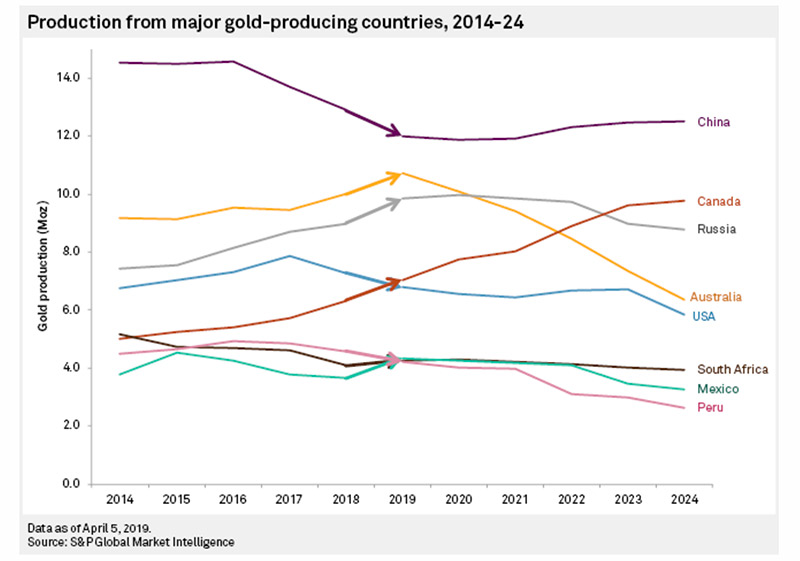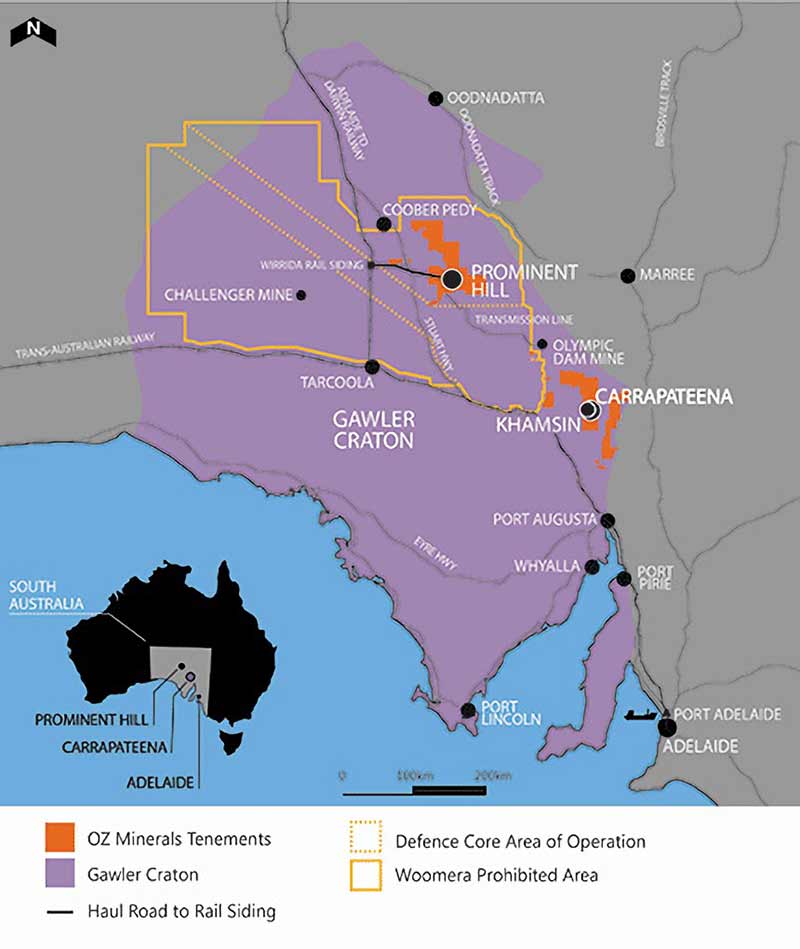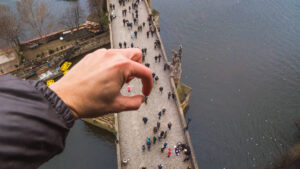History shows that crowdsourcing mineral exploration actually works

Picture: Getty Images
The number of big, company-making mineral discoveries in Australia is falling rapidly. Take gold for example.
With some huge mines reaching the end of their lives, Australia will be partially to blame for plummeting global production over the next five years or so.

That’s because there’s a distinct lack of big tier 1 gold mines in the pipeline. The same could be said for nickel and, to a lesser extent, copper.
Crowdsourcing is an emerging field which could help solve this dearth of big mineral discoveries.
According to Holly Bridgwater from Unearthed, crowdsourcing harnesses the power of knowledgeable crowds to solve tough challenges; quickly, cheaply, and creatively.
Perth-based Unearthed was developed to bring together a large community of start-ups, developers, and data scientists to make the resources industry more efficient and sustainable.
Bridgwater, an experienced geologist and technical manager, says crowdsourcing could help drive up the discovery rate while reducing the amount of expensive drilling required to get a result.
“Geologists regularly spend years collecting and analysing disparate data, frequently testing hypotheses, from huge areas of land, often for little or no reward,” Bridgwater told Copper To The World Conference delegates in Adelaide earlier this week.
“Explorers are looking for new approaches to solve this problem. It is a case of making the best and right bet.”
8moz of gold says this works

Crowdsourcing is not a new idea, it’s just that miners and explorers are usually pretty reluctant to share their hard-earned exploration data.
But history shows us that it gets some incredible results. In 2000, global gold major Goldcorp provided open access to geological data from its underperforming Red Lake mine in Ontario, Canada.
With a total prize pool of $US575,000 on the line, the challenge was for participants to find new exploration targets that could potentially deliver enough gold to keep the mine from closing.
More than 1400 people, including geoscientists, engineers and mathematicians registered for the challenge, and identified 110 exploration targets – 50 per cent of these were previously unknown to Goldcorp.
More than 80 per cent of these targets yielded significant gold reserves — more than 8moz since 2000 — and exploration time was reduced by 2 to 3 years.
That’s a great return on $US575,000.
In 2015, Integra Gold offered punters $1 million in prizes to sift through 75 years’ of mining data and generate another gold rush in Quebec, Canada.
The data, dating back to 1933, included over 30,000 historic drill holes, more than 50,000 gold assays, hundreds of kilometres of mined underground workings, and various other statistics and photos.
The role of crowdsourcing remains debatable, but the 100,000-110,000oz pa Lamaque mine is now in its maiden year of production.
This year, Unearthed partnered with copper miner Oz Minerals (ASX:OZL) to run a similar competition.
Geologists and data scientists from around the world were asked to find new exploration targets at Mt Woods, near Oz Minerals’ high grade Prominent Hill copper-gold mine in South Australia, using the miner’s private 5 terabyte exploration database.

With a $1 million prize pool up for grabs, the challenge was to use the data to better predict the location of economic mineralisation of any kind — not just another Prominent Hill.
(Although Oz wouldn’t complain if a brand new 100,000 tonnes a year copper mine was discovered just down the road.)
The challenge attracted more than 10,000 data downloads from over 1000 geologists, data scientists, start-ups, students, consultants, universities and research organisations from more than 60 countries around the globe.
“That’s an enormous, previously untapped, think-tank whose brain power would have not otherwise been accessible internally to an explorer,” says Bridgwater.
- Subscribe to our daily newsletter
- Join our small cap Facebook group
- Follow us on Facebookor Twitter
It resulted in leading edge machine learning, data science and geological techniques being applied to the Mt Woods footprint.
This not only increased the confidence in Oz’s known targets — it generated more than 400 new ones in a very short-time.
The top priority targets at Mt Woods are now scheduled for drilling this year.
Bridgwater says crowdsourcing means that instead of accessing a few opinions, you have access to hundreds, and potentially thousands, of opinions.
“You can use that collective brainpower in a short period to collate many different interpretations and see where potential targets might be.”
UNLOCK INSIGHTS
Discover the untold stories of emerging ASX stocks.
Daily news and expert analysis, it's free to subscribe.
By proceeding, you confirm you understand that we handle personal information in accordance with our Privacy Policy.








